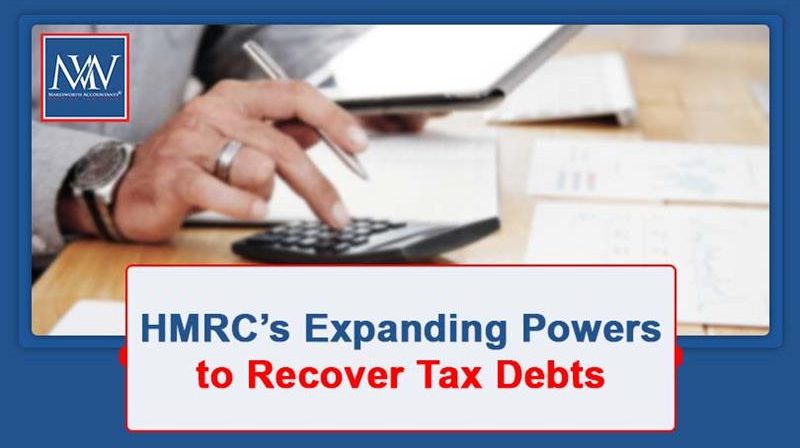
HMRC’s Expanding Powers to Recover Tax Debts
Extra Funding for Debt Recovery
In the 2024 Autumn Budget, HM Treasury quietly announced something big in its Policy Costing Document. The government is providing funding for 1,800 HMRC debt management staff — 1,200 existing staff will have their contracts extended, and 600 brand-new recruits will join.
Alongside this, HMRC is modernising its systems with advanced technology and data from credit agencies. Together, these steps are expected to bring in an extra £2 billion a year by 2029/30.
How HMRC Collects Unpaid Tax
The way HMRC recovers tax depends on the type of debt:
-
PAYE underpayments: If the debt is £2,999.99 or less, HMRC usually adjusts your tax code. Anything higher requires direct payment.
-
Self-Assessment: If tax remains unpaid, HMRC issues a simple assessment letter and moves you into Self-Assessment. You’ll then receive reminders and possibly calls from private debt collectors.
-
Time to Pay (TTP) Arrangements: If you still can’t pay, HMRC may offer monthly instalments. Interest applies, but penalties won’t — provided you agree within 30 days of the due date.
Since 2015, HMRC also has the power to recover “significant debts” (over £1,000) directly from bank or savings accounts, including ISAs. At least £5,000 must remain across all accounts after collection.
Enforcement Officers and Their Role
If debts are still unpaid, HMRC can take enforcement action using internal enforcement officers or external agencies.
-
Controlled Goods Agreement (CGA): An enforcement officer may visit and ask you to sign a CGA, giving you seven days to pay. If not, they can seize and sell assets. Fees include £110 plus 7.5% of the debt above £1,500.
-
Limits to Power: Unlike High Court officers, HMRC enforcement officers can’t evict you or make arrests. However, they can secure debts against property with a charging order, which may eventually lead to a forced sale through the courts.
When Directors Are Personally Chased
Normally, limited companies shield directors and shareholders from personal liability. But HMRC can pierce this “veil of incorporation” in cases of:
-
Wrongful trading
-
Fraudulent behaviour
-
Misappropriation of funds
This means directors may be personally liable for unpaid taxes if the company can’t meet its obligations. Shareholders, on the other hand, usually remain protected beyond their shareholding.
The Tax Gap: Billions Still Missing
HMRC’s Measuring Tax Gaps 2025 report revealed that in the 2023/24 tax year, the government collected 94.7% of all expected tax — £829.2 billion out of an estimated £876 billion.
That leaves a tax gap of 5.3% (£46.8 billion). While HMRC has powerful recovery tools, not all debts are being collected — and there’s no recent data showing how many people are currently subject to direct recovery measures.
Final Thoughts
HMRC is steadily expanding its debt recovery operations, combining more staff, modern technology, and strong enforcement powers. For taxpayers, this means less room to ignore unpaid liabilities. For the Treasury, it means billions in extra revenue to close the tax gap.
Partner Notes
HM Treasury’s Policy Costings document Page 25
https://assets.publishing.service.gov.uk/media/6721d2c54da1c0d41942a8d2/Policy_Costing_Document_-_Autumn_Budget_2024.pdf
https://www.gov.uk/check-simple-assessment
Self Assessment Manual 61380 and 61390.
For more information, Book a Free Consultation
Need Accountancy Support?
For information on bespoke training, or if you have any other questions for Makesworth Accountant, please fill in your details below






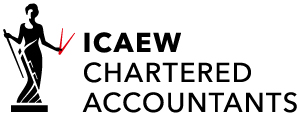

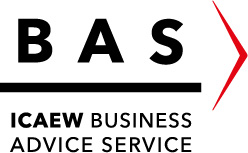


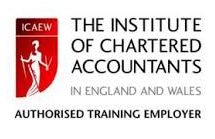

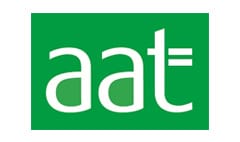
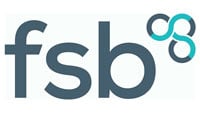

 151
151